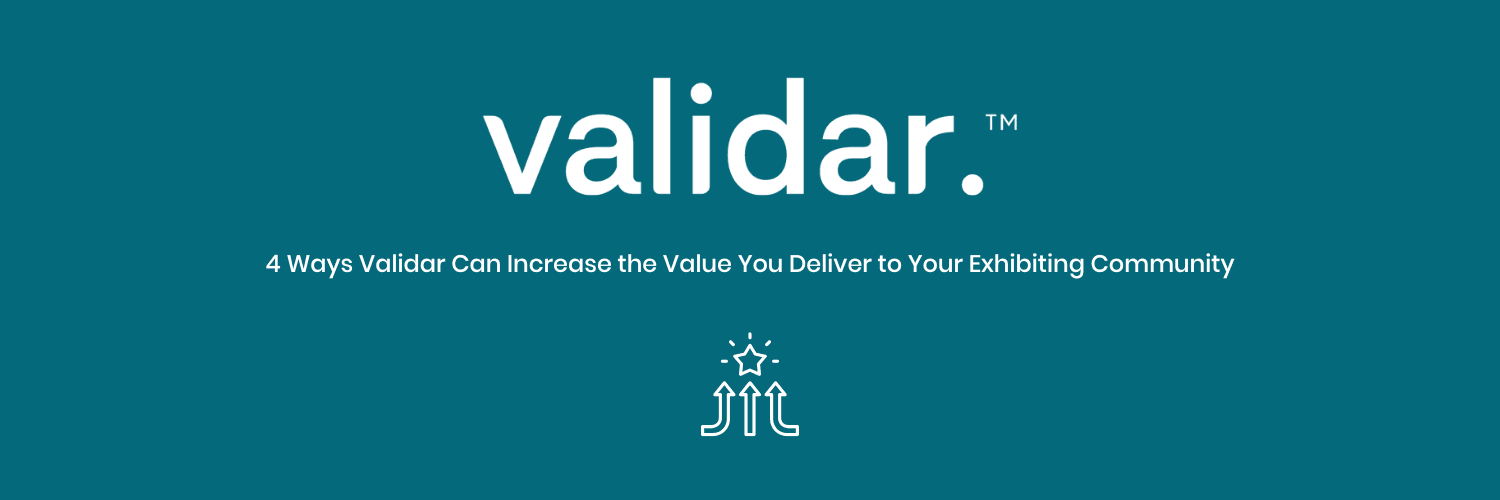How Do You Know If You Produced a Good Event?
This question is the driving force behind Validar’s vision. In our experience, event producers often don’t receive the credit they deserve especially when it comes to events designed to generate product demand.
Why? Because measuring success can be incredibly difficult. Event data is often unstructured, offline, siloed, or difficult to connect to business outcomes. That’s why we believe in deploying event technology that helps our customers not only measure success—but articulate their value with confidence.
So how do you define and measure event performance? It starts with understanding your event’s intent.
1. Start With Event Intent
To measure success, you need clarity on why you're hosting the event in the first place.
Some events are designed to generate direct revenue. You might invest $1M with the goal of bringing in $4M through ticket sales, sponsorships, and activations.
Others are focused on driving product demand. These events are often free to attend and deliver premium experiences compelling content, engaging demos, executive meetings, and entertainment all designed to build pipeline, educate your audience, and support sales teams with qualified leads.
Each approach is valid but your event KPIs must align with the intent. The success metrics for a revenue-generating event will look very different from those meant to drive demand.
2. Ask the Right Performance Questions
There’s no better way to create demand than through face-to-face events—but understanding how well you did takes more than a headcount.
Here are a few key questions your event data should help you answer:
- How effective were we in driving attendees to key content and activations?
- What were our highest and lowest scoring sessions?
- Did our content resonate with attendees?
- How did attendee engagement compare to previous events—or to industry benchmarks?
- Which underperforming KPIs need attention and refinement?
The answers to these questions help validate your strategy, prove ROI, and fine-tune future events.
3. Leverage Attendee Behavior KPIs
With the right event technology, you can capture and analyze over 120 unique attendee behavior KPIs. This includes:
- Session attendance and duration
- Booth visits and dwell time
- Evaluation scores and sentiment
- Meeting participation
- Engagement touchpoints (scans, polls, downloads, etc.)
These insights allow you to identify what worked, what didn’t, and how you can optimize future events to better align with your business goals.
4. Close the Performance Gap
Benchmarking is the final step in leveling up your event strategy. By comparing your performance to similar events or producers, you can identify critical gaps and uncover opportunities to improve.
If you’re interested in gaining a clearer picture of your event’s performance and how it stacks up across the industry, we’re here to help.
Validar’s platform is built to surface the right data, make it actionable, and help you get the credit you deserve.
Let’s Talk About Your Event Success
Want to better understand the impact of your next event?
Request a free demo and we’ll show you how to capture the full picture—from intent to outcome.


.png&w=3840&q=75)



